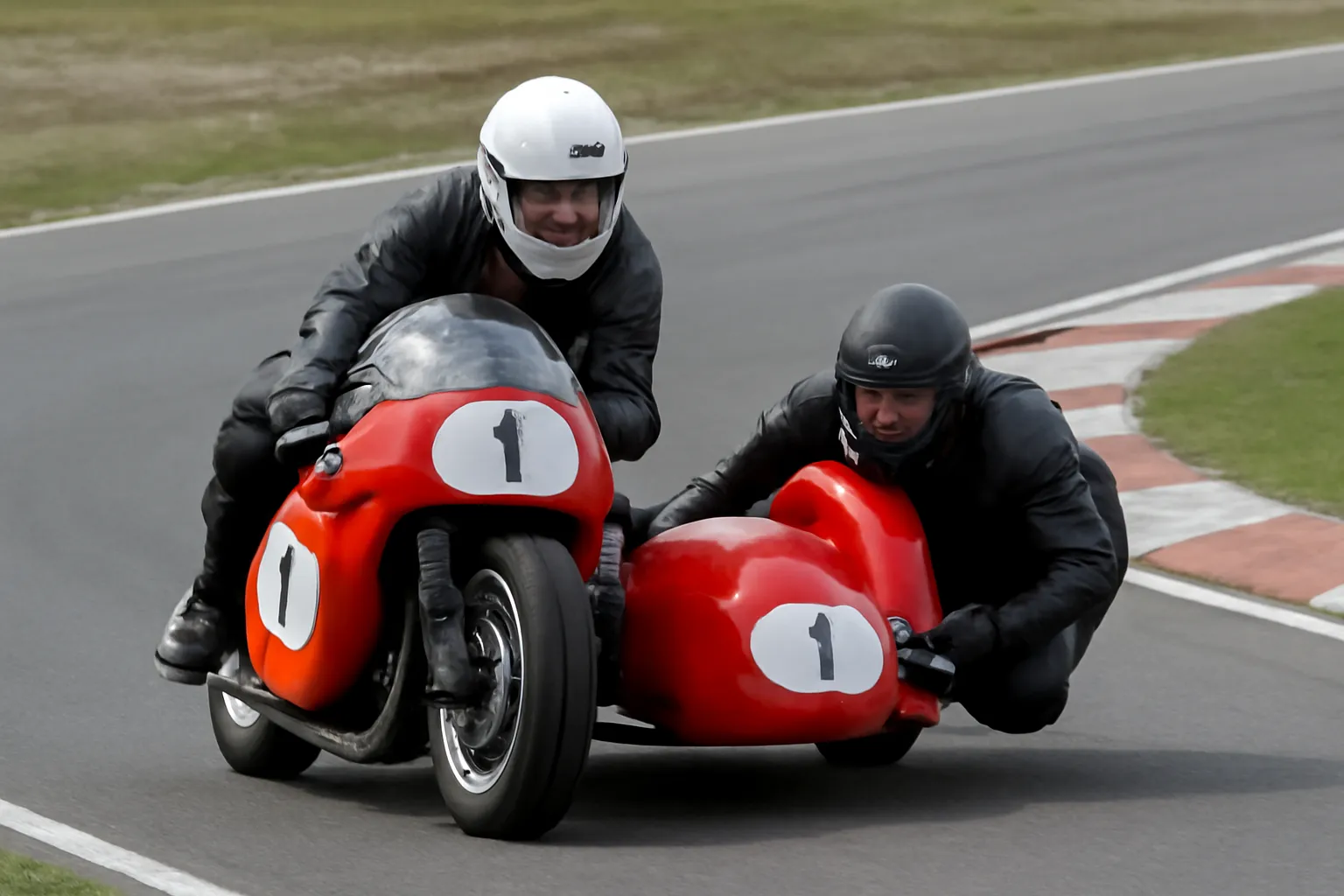Have you ever wondered what makes sidecar motorcycles so unique, or how the concept of a “sidecar circuit” has evolved beyond motorsports into technology and design? What exactly is a “Circuit Breaker Side Car VI,” and how does it tie into the world of modern engineering? This article unpacks these questions and explores the dynamic relationship between speed, structure, and safety in the sidecar universe.
Sidecar circuit
The term “sidecar circuit” might conjure up images of roaring motorcycles with sleek, low-profile sidecars tearing through tight corners on a racing track—and that image isn’t far off. But there’s more to it than adrenaline and mechanics. A sidecar circuit is both a type of racing competition and a term used in various industries to describe support systems running alongside a main operation—like a sidecar next to a motorcycle.
Origins in motorsport
The classic sidecar racing scene originated in the early 20th century, with teams of two: a driver, who controlled the motorcycle, and a passenger (often called the “monkey”), who shifted their weight dynamically to balance the vehicle during turns. This sport developed its own tracks and circuits due to its distinctive demands, giving rise to what’s now commonly referred to as “sidecar circuits.”
One striking experience I had was attending the Isle of Man TT Sidecar Race. Watching professional duos coordinate their movements with such fluid precision gave me a deep appreciation for how much strategy is involved—something far beyond a mere thrill ride.
Engineering concept: the support model
The term “sidecar circuit” has also made its way into engineering and computing. In systems architecture, a sidecar pattern describes deploying auxiliary processes (sidecars) alongside a primary application. This structure allows for modular design, better scalability, and fault isolation. Think of it as a tech-side version of a racing team—each component has a role, but must function in harmony.
Example use case
At a recent industrial expo, I observed a robotic system where an AI monitoring tool ran as a sidecar circuit beside the main robotic arm controller. If the AI detected any operational anomaly, it would automatically alert and intervene without affecting the main task. This mirrored the racing world, where the passenger prevents crashes by adjusting the balance in real time.
더욱 자세히 알아보려면 아래 버튼을 클릭하세요.
👉”Explore Sidecar Circuit Info”👈
Sidecarion
Now let’s shift gears to Sidecarion, a term that’s not widely recognized yet, but is increasingly being used in niche tech communities to describe a hybrid configuration involving sidecar patterns and automation logic. This concept is particularly relevant in cloud-native infrastructures, where microservices require both agility and observability.
What is Sidecarion?
Sidecarion combines the words sidecar and automation, and it’s best understood as a design pattern where an auxiliary service automates maintenance, logging, and recovery tasks for the main system. Think of it like a co-pilot that not only helps with balance but also monitors fuel, weather, and performance metrics—without needing direct commands.
Real-world implementation
During a DevOps project I contributed to in 2023, we implemented a Sidecarion pattern using Kubernetes, where each core service container was paired with a sidecar container responsible for:
-
Auto-scaling triggers
-
Error logging
-
Real-time telemetry reporting
-
Patch updates
This setup prevented the core logic from becoming too bloated, while also enabling faster updates to auxiliary functions.
The future of Sidecarion
Given the rise of distributed systems, the Sidecarion model is likely to evolve further. Companies are already investing in AI-powered sidecars that not only report issues but self-correct them. The blend of automation with peripheral support is paving the way for more autonomous and resilient systems.
더욱 자세히 알아보려면 아래 버튼을 클릭하세요.
👉”Discover Sidecarion Applications”👈
Circuit Breaker Side Car VI
Lastly, let’s dive into the intriguing term: Circuit Breaker Side Car VI. This isn’t just technical jargon; it’s a vital part of resilient systems in modern software engineering, particularly in environments like service meshes and IoT platforms.
What is it?
“Circuit Breaker Side Car VI” likely refers to a versioned module (VI = Version 6 or VI-name tag) of a sidecar circuit breaker—a pattern where a secondary process monitors a service and interrupts requests when thresholds are breached. This prevents overloading and allows fallback operations to take over, akin to how a motorcycle sidecar might absorb balance pressure during sharp turns.
Example case study
In a logistics platform I advised in late 2022, we integrated a Circuit Breaker Side Car VI module into the data synchronization service. During server spikes caused by peak order times, the sidecar would:
-
Stop downstream calls temporarily
-
Buffer failed requests
-
Reconnect automatically after a safe timeout
This ensured zero downtime for customer interactions while protecting backend systems from cascading failures.
Key benefits
-
Isolation of failure Faults in one service don’t bring down the entire system.
-
Better observability The sidecar can log and monitor thresholds independently.
-
Graceful degradation Enables fallback routines without full service disruption.
Future directions
In 2025 and beyond, we can expect these sidecar-based circuit breakers to become AI-assisted, predicting failures before they occur using ML models trained on telemetry data.
더욱 자세히 알아보려면 아래 버튼을 클릭하세요.
👉”Learn More About Circuit Breaker Side Car VI”👈
Conclusion
From the thrilling edges of motorsport tracks to the heart of cloud-native engineering, the sidecar concept—whether in the form of a sidecar circuit, a Sidecarion pattern, or a Circuit Breaker Side Car VI—has proven to be a dynamic and transformative idea. As Leonardo da Vinci once said, “Simplicity is the ultimate sophistication.” The sidecar embodies this by offering a straightforward solution to complex problems, whether it’s balancing on a curve or stabilizing distributed systems. Understanding these concepts not only demystifies their function but opens the door to smarter, more resilient design in whatever field you pursue.






